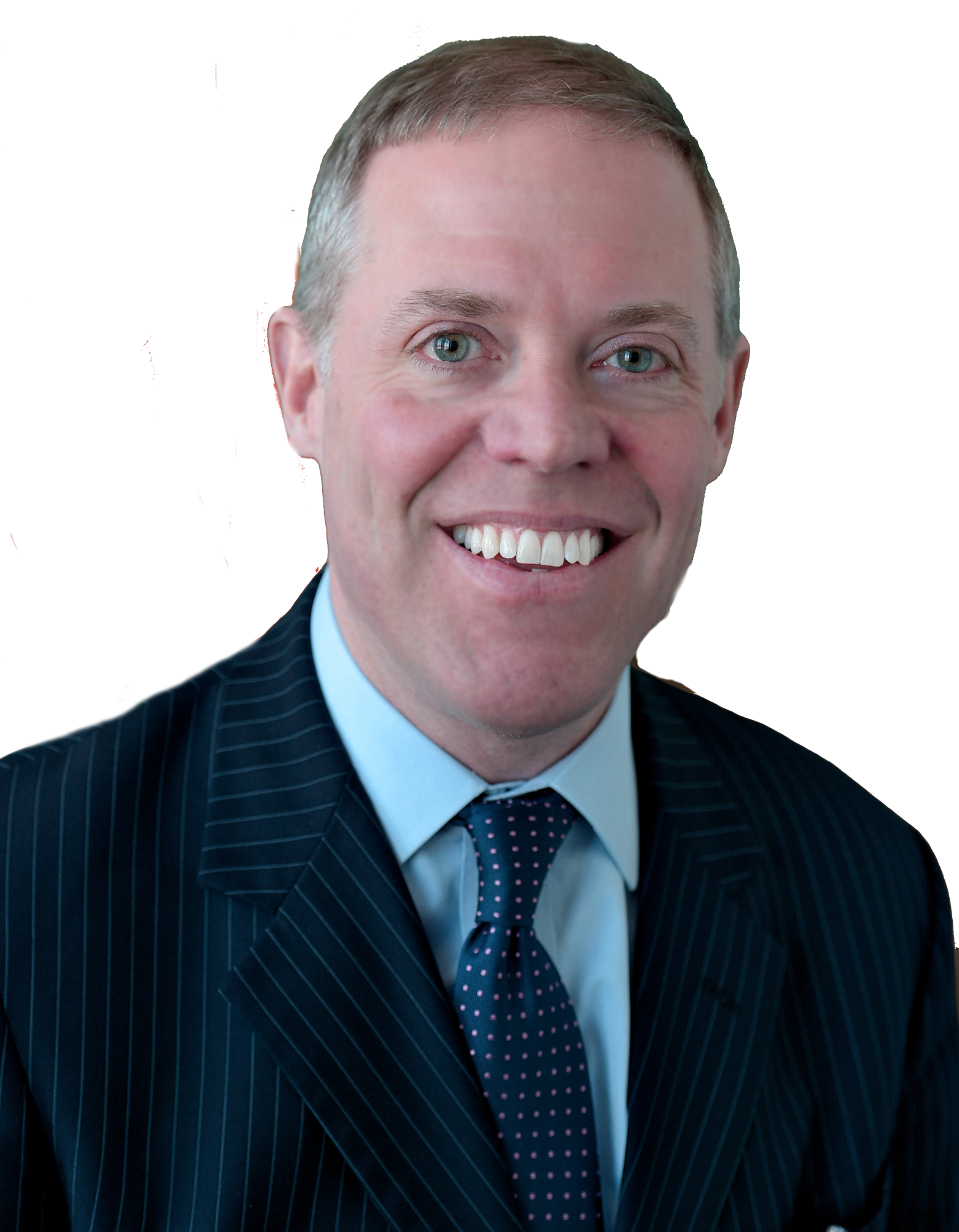Property Owners Need Assistance through Devastating Floods
Property owners along the southern and eastern shores on Lake Ontario are being hit hard with flooding this spring. The higher than normal rainfall and rapid snow melt have caused lake levels to surge and property owners are now facing levels that are two feet above the norm. To put this into perspective, Lake Ontario has only seen this much water three other times in the past century and unfortunately, levels are expected to continue to rise.
Last week the governor declared a state of emergency and as part of that, sandbags are being made available. The declaration also allows state agencies to expedite permits so that those who need to work to protect their property from the flooding can do so without delay. While this is a good start, more needs to be done. The water levels are at a critical level and though not exclusively to blame, the new water management plan called Plan 2014 has not helped the situation.
Plan 2014, instituted in January of 2017, was put in place by the International Joint Commission--a commission established by the federal governments of U.S. and Canada under the Boundary Waters Treaty of 1909 which regulates the Lake Ontario-St. Lawrence River water levels. The water levels are controlled through the Moses-Saunders Dam, located on the St. Lawrence River between Cornwall, Ontario and Massena, NY. For the past 60 years, the water levels have been regulated by a different management plan but Plan 2014 was pushed through at the end of the Obama administration at the behest of environmentalists. The plan does not have consideration for the property owners who opposed the new water highs and lows the plan promised to create.
During public comment periods on Plan 2014, people voiced concern that the new allowable levels would damage property, compromise municipal sewer systems, and private septic tanks--most of which were built with the understanding that they were relatively safe from flooding. Despite the lack of consensus, the plan was instituted and the lake level is allowed to rise several inches above the previous acceptable levels before any water can be let out. These new acceptable levels are now damaging property and eroding beaches. Forecasters rightfully predicted the high water levels this spring but the new plan did not allow for water to be let out sooner to help avoid some of this flooding. Now camp and homeowners on the shores are dealing with a manmade disaster.
My office has received several calls from people in the lakeshore communities who need help mitigating the high water that is encroaching on their homes, camps and businesses. The worry that septic systems and municipal sewers and wells may be compromised has now become a real possibility. This poses a direct threat to the environment--the very environment that plan supporters were trying so hard to protect. In addition, from a long-term perspective, these new levels could greatly impact the economy with lost tourism, sales tax, and property tax revenues.
The governor made the right decision to declare a state of emergency but more needs to be done. I am advocating for state and federal funding for property owners and municipalities so they can protect or repair their properties. The sandbags are not enough. This flooding is causing unplanned expenses and these costs of damage are not acknowledged under the current Plan 2014. Shore communities' health and wellbeing are at stake and they should be provided with financial assistance. For now, there is a Lake Ontario Flood Assistance Hotline where residents can call if they need resources at 1-866-244-3839. Property owners who need permits may call the DEC at 315-426-7440. The Department of Financial Services also manages a Disaster and Flood Resource Center. Their website is http://www.dfs.ny.gov/consumer/disascon.htm and the phone number is 1-800-339-1759. Oswego County provided instructions for homeowners on dealing with a flood and how to protect drinking water at www.oswegocounty.com.
If you have any questions or comments regarding this or any other state issue, please contact me. My office can be reached by mail at 200 North Second Street, Fulton, New York 13069, by e-mail at barclaw@nyassembly.gov, or by calling (315) 598-5185. You can also find me, Assemblyman Barclay, on Facebook.
